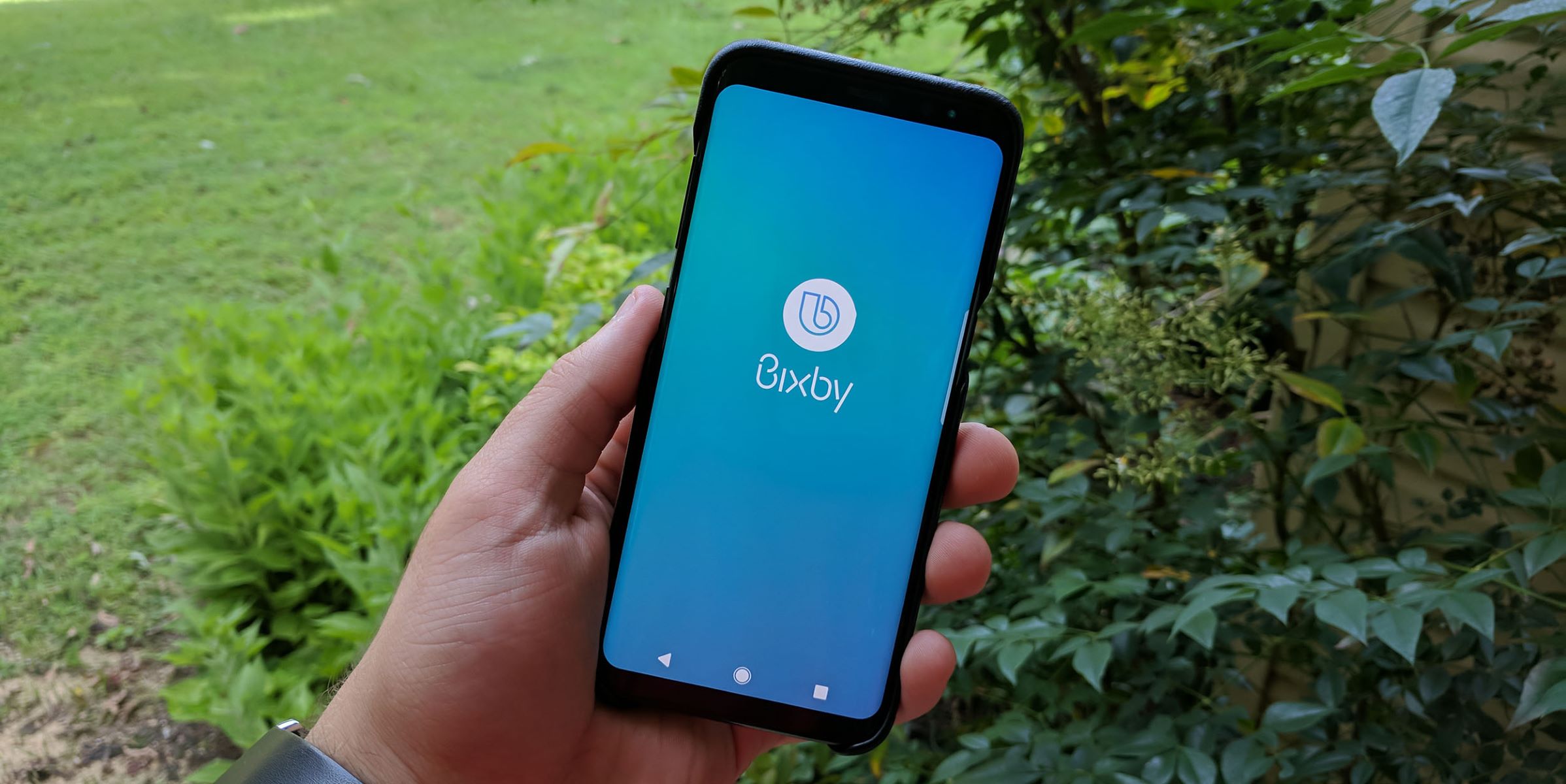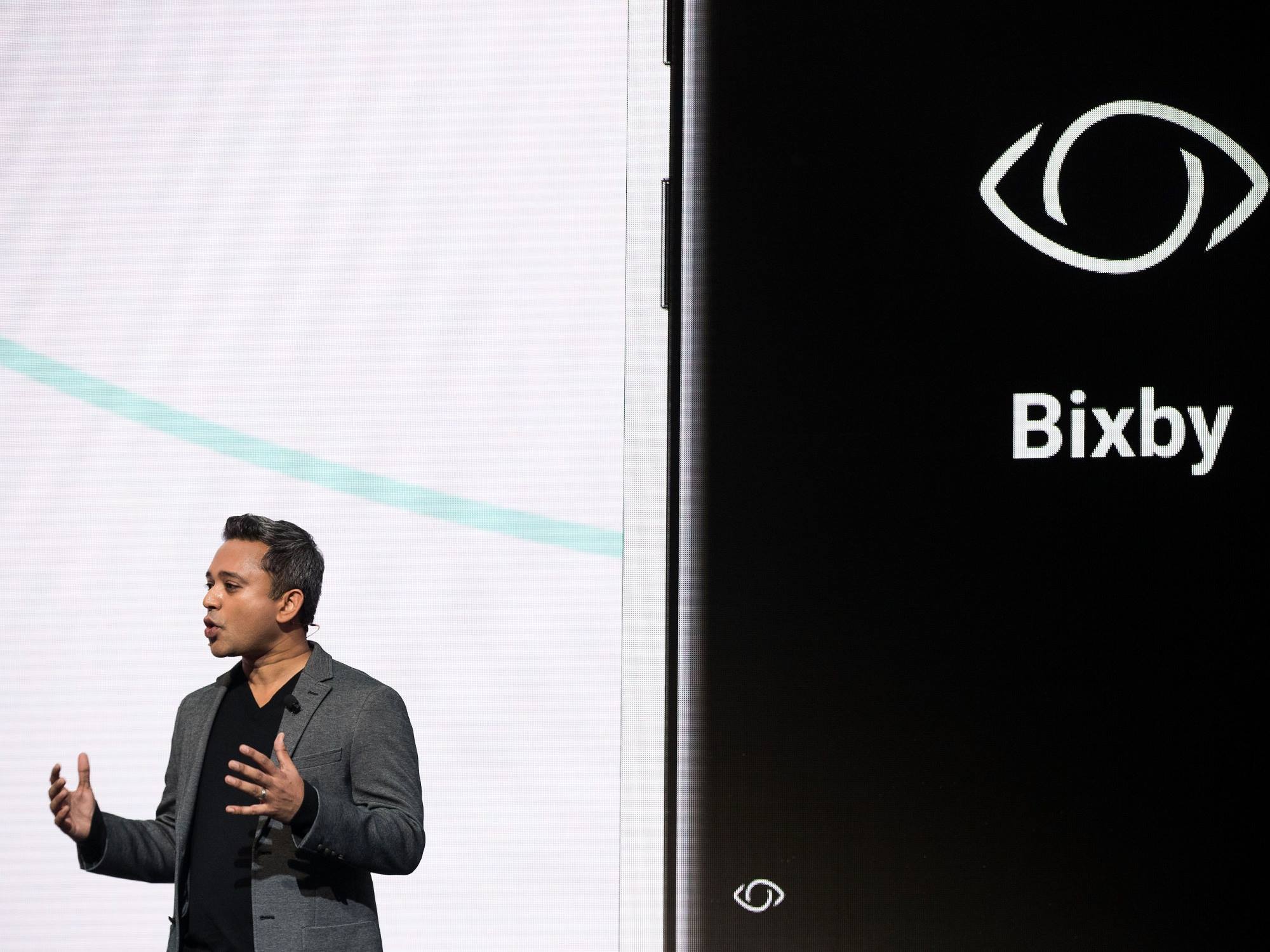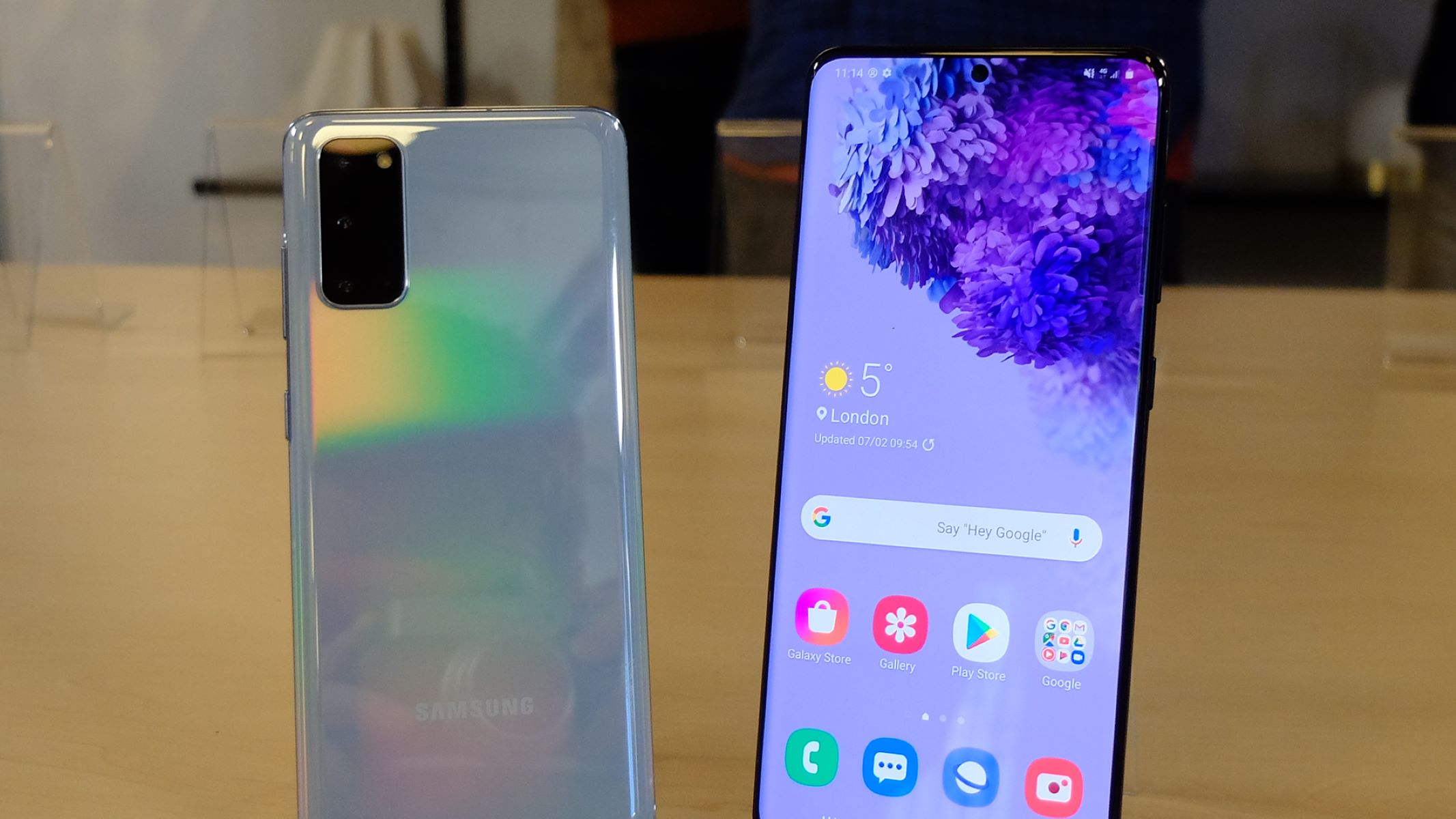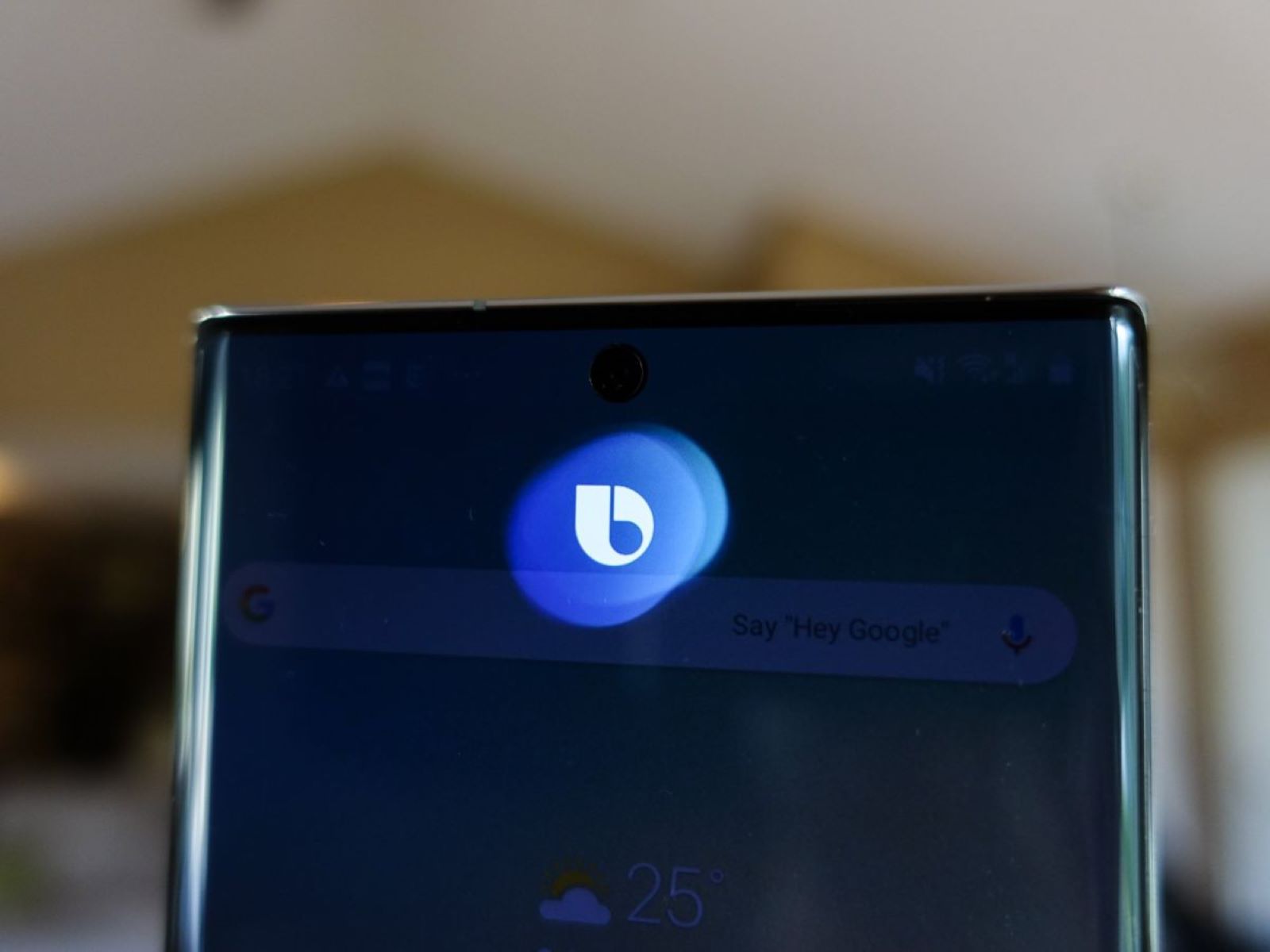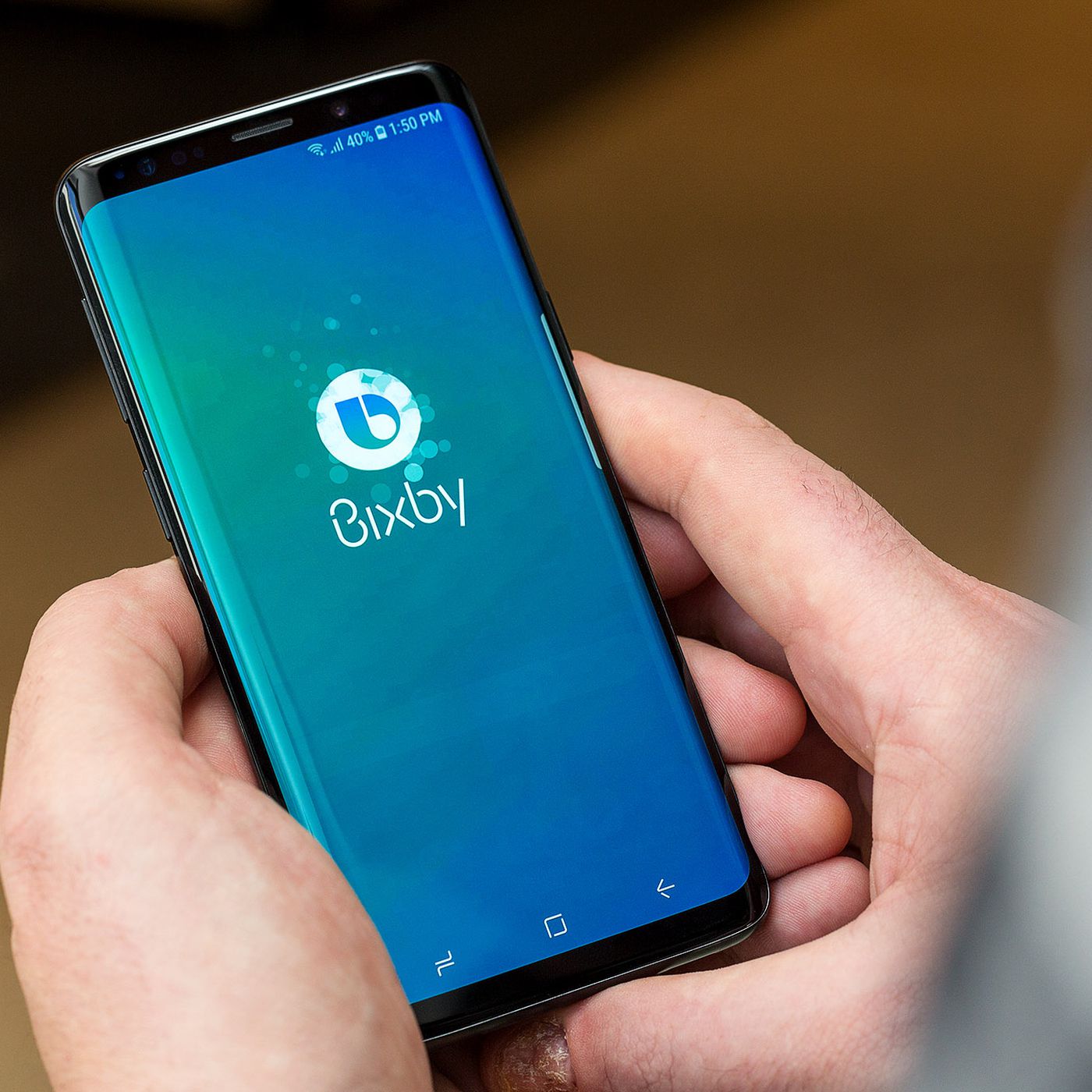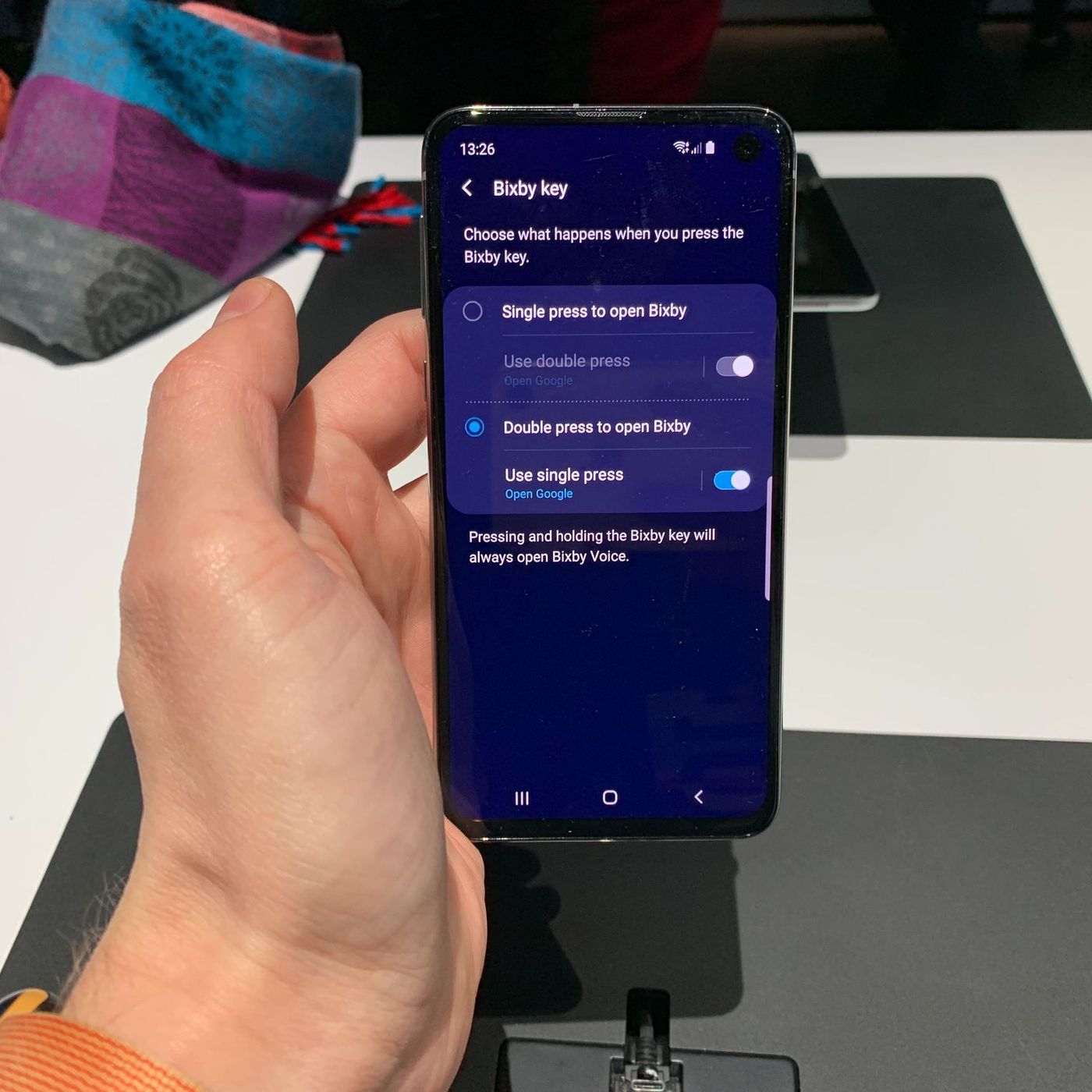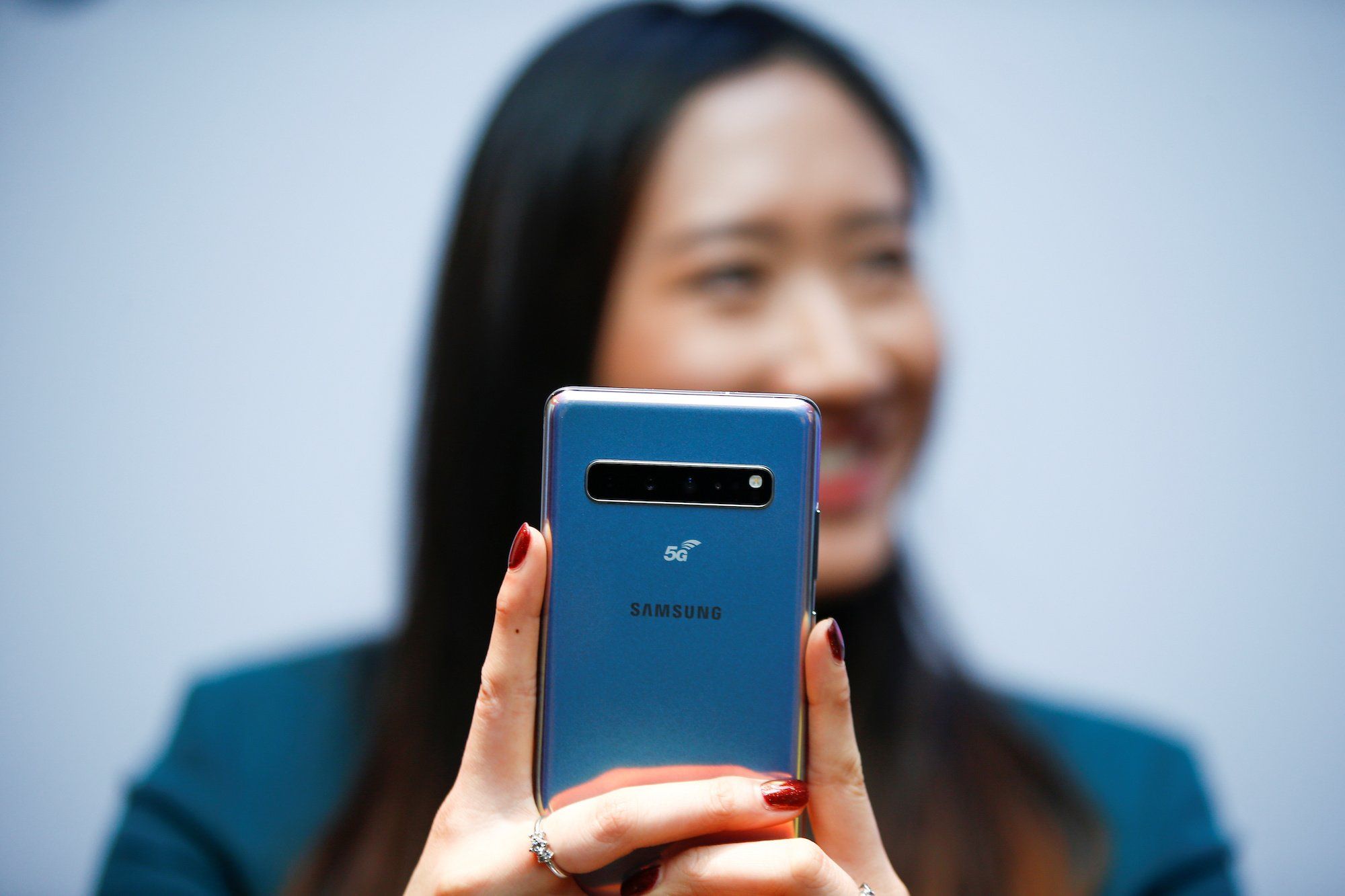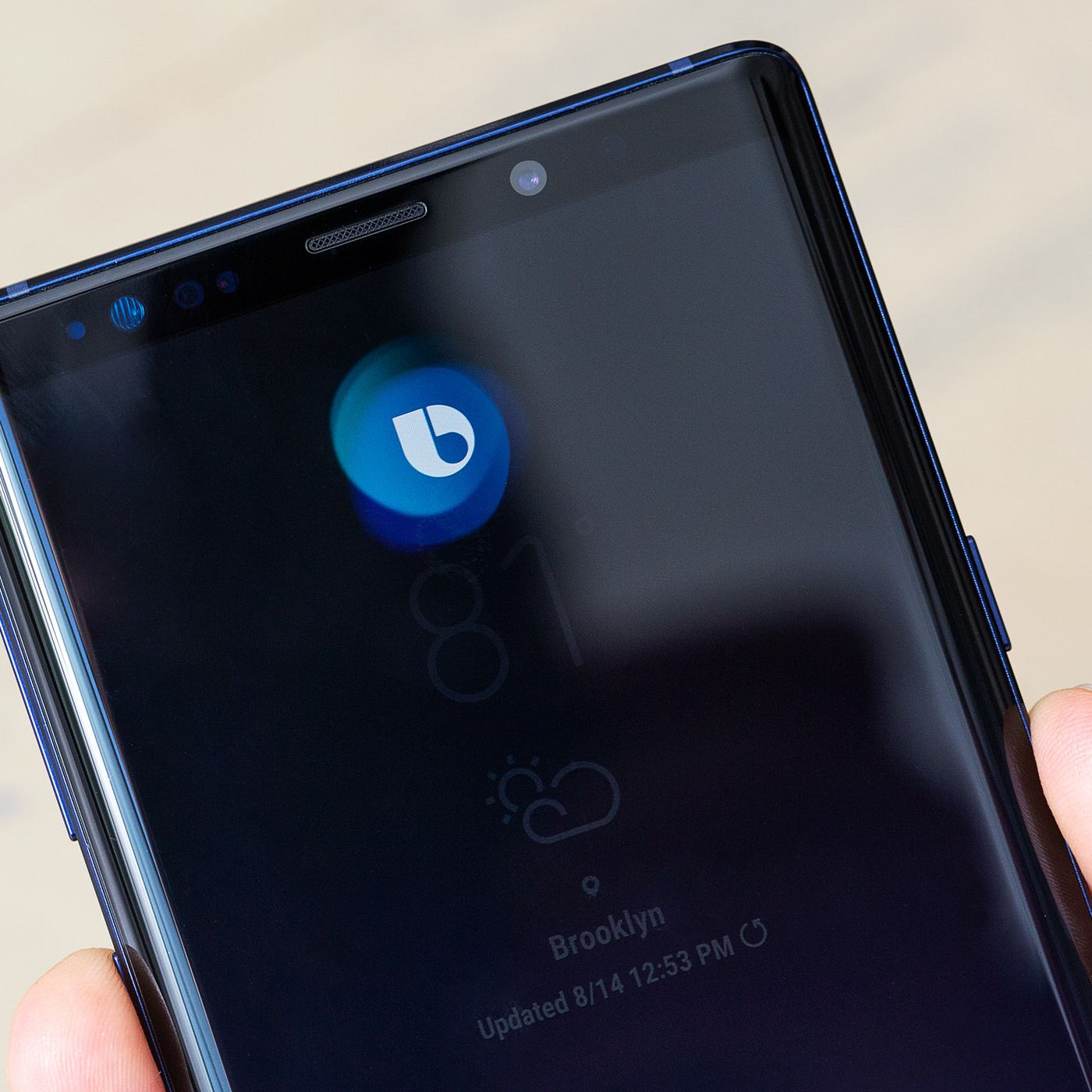Introduction
Bixby, Samsung’s AI-powered virtual assistant, was introduced with great expectations. It promised to revolutionize the way we interact with our smartphones, providing a seamless and intuitive user experience. However, it has proven to be a major disappointment for many users. In this article, we will explore the reasons why Bixby falls short of expectations and why it has earned a reputation for being underwhelming.
When Bixby was first unveiled, it was positioned as a direct competitor to other virtual assistants like Siri and Google Assistant. It was touted as a powerful tool that would understand and anticipate user needs, bringing a new level of convenience and efficiency to our daily lives. Unfortunately, Bixby has not lived up to these promises, and users have been left feeling frustrated and dissatisfied.
One of the main reasons why Bixby has failed to impress is its lack of useful skills. Unlike its competitors, Bixby struggles to perform basic tasks effectively. Its limited functionality undermines its usefulness as a virtual assistant, making it more of a hindrance than a helpful tool. Whether it’s setting reminders, answering questions, or providing useful information, Bixby often comes up short.
Another significant flaw with Bixby is its inaccurate voice recognition. Despite advancements in voice recognition technology, Bixby frequently misunderstands commands or fails to recognize user inputs altogether. This can lead to frustrating experiences and wasted time as users struggle to get Bixby to understand their requests accurately.
Furthermore, Bixby has a glaring limitation when it comes to third-party app integration. Unlike Siri and Google Assistant, which have extensive support for a wide range of apps, Bixby’s support is limited to a select few. This severely restricts its usefulness, as users are unable to perform actions within their favorite apps using voice commands.
Lack of Useful Skills
One of the most significant drawbacks of Bixby is its lack of useful skills. While other virtual assistants like Siri and Google Assistant continue to evolve and add new capabilities, Bixby seems to be stuck in a state of limited functionality.
When it comes to performing basic tasks, Bixby falls short. Its ability to set reminders, schedule appointments, or answer general knowledge questions is often unreliable and inconsistent. Users report instances where Bixby failed to understand simple commands or provided incorrect information, leading to frustration and wasted time.
Moreover, Bixby’s knowledge base is relatively limited compared to its competitors. When asked about specific topics, Bixby often struggles to provide accurate and comprehensive answers. This lack of knowledge makes it difficult for users to rely on Bixby as a trusted source of information.
Additionally, Bixby lacks the ability to carry out complex tasks efficiently. While other virtual assistants excel at tasks like online shopping, making restaurant reservations, or booking transportation, Bixby seems to falter. Its integration with third-party services is limited, meaning that users miss out on the convenience and efficiency offered by other virtual assistants.
Furthermore, Bixby’s lack of useful skills extends to its inability to adapt and learn from user behavior. Unlike other virtual assistants that can personalize responses based on individual preferences and usage patterns, Bixby fails to provide a truly personalized experience. This hinders its ability to provide relevant and tailored recommendations or suggestions to users.
The absence of useful skills not only hampers Bixby’s functionality but also reduces its overall usefulness. Users increasingly expect virtual assistants to be versatile and capable of fulfilling a wide range of tasks. Bixby’s inability to live up to these expectations severely limits its value as a virtual assistant and leaves users feeling let down.
Inaccurate Voice Recognition
One of the biggest frustrations users encounter with Bixby is its inaccurate voice recognition. Despite advancements in voice recognition technology, Bixby frequently struggles to understand commands accurately or fails to recognize user inputs altogether.
Users report instances where Bixby misinterprets their voice commands, leading to incorrect actions or responses. Simple requests, such as sending a text message or making a phone call, can turn into a time-consuming ordeal as Bixby fails to grasp the intended instructions. This inconsistency in voice recognition undermines the essential purpose of a voice-controlled virtual assistant.
The problem becomes even more apparent in noisy environments. Bixby often struggles to filter out background noise and prioritize the user’s voice, resulting in a frustrating user experience. Trying to communicate with Bixby in crowded places or noisy settings can be an exercise in futility, as it frequently fails to discern the user’s commands from the surrounding noise.
Furthermore, Bixby’s limitations in recognizing different accents and dialects contribute to its inaccurate voice recognition. Non-native English speakers or individuals with specific regional accents often encounter difficulties in getting Bixby to understand their commands correctly. This exclusionary approach limits the accessibility and usability of Bixby for a significant portion of users.
Another common issue is Bixby’s struggle to understand natural language input. Unlike other virtual assistants that excel at interpreting complex commands or queries, Bixby often falls short in this aspect. Users are frequently required to use specific keywords or phrases to ensure that Bixby comprehends their intentions accurately. This unnatural way of interacting with the virtual assistant can be frustrating and cumbersome.
Inaccurate voice recognition not only disrupts the user experience but also erodes the trust users place in Bixby as a reliable virtual assistant. When a virtual assistant consistently fails to understand and execute commands accurately, it becomes a hindrance rather than a helpful tool. Users lose confidence in Bixby’s capabilities and are less likely to rely on it for their daily tasks.
Limited Third-Party App Integration
Another significant drawback of Bixby is its limited integration with third-party apps. Unlike its competitors like Siri and Google Assistant, which have extensive support for a wide range of apps, Bixby’s compatibility is lackluster at best. This limitation severely restricts its usefulness as a virtual assistant, as users are unable to perform actions within their favorite apps using voice commands.
While Bixby can interact with a handful of popular apps, the list is far from comprehensive. Users often find themselves unable to carry out tasks or access information within their preferred apps through Bixby. Whether it’s ordering food from a delivery app, checking social media updates, or managing tasks in a productivity app, Bixby’s lack of integration becomes a significant roadblock.
This limitation not only hampers productivity but also undermines the convenience and efficiency that virtual assistants are supposed to offer. Users are forced to manually navigate through apps and perform actions themselves, defeating the purpose of having a voice-controlled virtual assistant in the first place.
Furthermore, the lack of third-party app integration also restricts Bixby’s ability to provide personalized recommendations or suggestions based on app usage. Unlike other virtual assistants, which can pull data from various apps to offer tailored suggestions, Bixby’s functionality remains confined to a limited ecosystem. Users miss out on the added convenience and proactive assistance that comes with seamless integration with popular apps.
Additionally, Bixby’s limited third-party app integration inhibits its ability to keep up with the evolving needs and preferences of users. As new apps and services emerge, Bixby’s lack of compatibility becomes increasingly noticeable. Users are left frustrated as they are unable to take advantage of the latest advancements and innovations in their favorite apps through Bixby.
The lack of comprehensive third-party app integration highlights a significant shortcoming of Bixby as a virtual assistant. Its restricted compatibility diminishes its value and limits its capabilities compared to its competitors. Without the ability to seamlessly interact with a wide range of apps, Bixby fails to meet the expectations of users looking for a truly integrated and efficient virtual assistant experience.
Clunky User Interface
One noticeable flaw with Bixby is its clunky user interface. Despite Samsung’s efforts to create an intuitive and user-friendly interface, many users find navigating and interacting with Bixby to be a cumbersome experience.
One common complaint is the complexity of accessing Bixby’s features. Unlike other virtual assistants, which can be easily accessed by a simple voice command or a single button press, Bixby’s activation requires multiple steps. Users must open the Bixby app or swipe to the Bixby Home screen, which adds unnecessary friction and makes the process more time-consuming.
Moreover, Bixby’s UI can feel cluttered and overwhelming. The interface is packed with numerous features and options, which can confuse and frustrate users. The plethora of menus, submenus, and settings make it challenging to find the desired functionality or customize Bixby according to individual preferences.
User experience issues also arise from Bixby’s inconsistent responsiveness. Users report delays in Bixby’s response times, leading to a disjointed and frustrating interaction. Additionally, Bixby sometimes fails to provide clear and concise information, resulting in confusion and the need for additional clarification.
The lack of customization options for the Bixby interface is another drawback. Users are limited in their ability to tailor the interface to their specific needs and preferences. This lack of flexibility can hinder the user experience and make Bixby feel impersonal and less intuitive when compared to other virtual assistants.
Furthermore, Bixby’s integration within Samsung devices introduces additional complexities. Some users find it challenging to navigate between different Samsung apps and Bixby, as the transitions may not be seamless. This disjointed experience can lead to frustration and a sense of disconnect between the user and the virtual assistant.
The clunky user interface of Bixby not only makes using the virtual assistant a less enjoyable experience but also hampers its overall usability and effectiveness. A smooth and intuitive interface is crucial for a virtual assistant to deliver a seamless and efficient user experience. Unfortunately, Bixby’s clunky UI falls short in providing the ease of use and intuitiveness that users expect.
Buggy Performance
One of the major drawbacks of Bixby is its buggy performance. Users frequently encounter issues and glitches that disrupt their interactions with the virtual assistant, leading to frustration and diminished user experience.
One common problem is Bixby’s tendency to crash or freeze unexpectedly. Users report instances where Bixby becomes unresponsive or shuts down abruptly, making it difficult to rely on the virtual assistant for their tasks and queries. These bugs can disrupt workflow and reduce productivity.
Another issue is the inconsistency in Bixby’s performance across different devices and software versions. Users notice that Bixby may work smoothly on some Samsung devices but experience frequent glitches on others. This lack of consistency adds to the frustration and unpredictability of using Bixby.
Moreover, Bixby’s response time can be sluggish, causing delays in executing commands or retrieving information. Users often find themselves waiting longer than expected for Bixby to process their requests, resulting in a frustrating user experience. The lack of snappiness in Bixby’s performance can make it feel inefficient and unresponsive.
Additionally, users report instances where Bixby provides incorrect or inaccurate information. Whether it’s answering general knowledge questions or retrieving data from the web, Bixby’s reliability can be questionable at times. This erodes user trust and undermines the dependability of the virtual assistant.
The presence of bugs and performance issues not only disrupts the user experience but also reflects a lack of polish and refinement in Bixby’s development. Users expect a virtual assistant to function smoothly and reliably, without encountering frequent glitches or performance bottlenecks. Unfortunately, Bixby’s buggy performance falls short in meeting these expectations.
To maintain a competitive edge and retain user trust, it is crucial for Samsung to address these performance issues promptly and consistently. By ironing out the bugs and improving stability, Bixby can provide a more seamless and satisfying user experience.
Overly Complex Setup Process
One of the significant drawbacks of Bixby is its overly complex setup process. When users first try to set up Bixby on their Samsung devices, they are faced with a convoluted and confusing process that can be overwhelming for many.
Unlike other virtual assistants that offer a straightforward and user-friendly setup, Bixby requires users to navigate through a series of menus and settings, often buried deep within the device settings. The process involves creating a Bixby account, granting various permissions, and configuring preferences, which can be time-consuming and frustrating.
Moreover, Bixby’s setup process lacks intuitive guidance and clear instructions. Users may find themselves uncertain about the required steps or unsure of which settings they need to enable or disable. The absence of clear explanations and a user-friendly interface adds unnecessary complexity to the setup, making it a daunting task for new users.
Furthermore, Bixby’s setup process can be especially challenging for non-tech-savvy individuals. The technical language and terminology used can be confusing and alienating, creating unnecessary barriers for users who are not familiar with the intricacies of smartphone settings.
Additionally, the setup process for Bixby may differ across various Samsung devices, adding further confusion for users who switch between devices. The lack of consistency in the setup process can lead to inconsistencies in Bixby’s functionality, causing frustration and inconvenience.
The overly complex setup process of Bixby inhibits its adoption and hinders users from fully experiencing the benefits of a virtual assistant. Users, particularly those who value simplicity and ease of use, may feel deterred from investing the time and effort required to configure and customize Bixby to suit their needs.
Samsung should prioritize streamlining the setup process for Bixby, ensuring that it is user-friendly, intuitive, and efficient. By simplifying the setup and providing clear guidance, Samsung can make Bixby more accessible to a wider range of users and improve the overall user experience.
Lack of Support for Multiple Languages
One significant limitation of Bixby is its lack of support for multiple languages. While other virtual assistants like Siri and Google Assistant cater to a global audience with multilingual capabilities, Bixby falls short in this aspect.
Bixby’s language support is primarily limited to a few major languages, predominantly English and a few other commonly spoken languages. This exclusionary approach alienates a significant portion of users who speak languages that are not supported by Bixby.
For non-native English speakers or individuals who prefer to interact with virtual assistants in their native language, Bixby’s lack of language options creates a barrier. The inability to use Bixby in their preferred language diminishes its usefulness and prevents these users from fully benefiting from the virtual assistant’s features and capabilities.
Furthermore, Bixby’s inability to understand and respond accurately in languages other than the supported ones leads to frustration and miscommunication. Users may encounter difficulties in getting Bixby to comprehend their commands, resulting in incomplete or incorrect responses.
In addition, Bixby’s limited language support hampers its ability to provide localized information and services. Unlike its competitors that offer location-specific recommendations, directions, and search results, Bixby’s lack of language versatility limits its ability to deliver personalized and relevant information based on the user’s location and context.
The lack of support for multiple languages also puts Bixby at a disadvantage compared to other virtual assistants. In an increasingly globalized world, catering to users’ diverse language needs is crucial for staying competitive. By failing to include a wide range of language options, Bixby risks losing users to other virtual assistants that prioritize linguistic inclusivity.
To improve its appeal and usability, it is essential for Samsung to expand Bixby’s language support. By incorporating more languages, Bixby can cater to a more diverse user base and provide a more inclusive and seamless experience for users around the world.
Poor Natural Language Understanding
One of the significant drawbacks of Bixby is its poor natural language understanding. While other virtual assistants excel at interpreting and understanding complex commands and queries, Bixby often struggles in this aspect.
Users frequently report instances where Bixby fails to grasp the context or intent behind their commands, leading to inaccurate or irrelevant responses. The lack of natural language understanding undermines the user experience and hampers the efficiency of using Bixby as a virtual assistant.
Bixby’s inability to comprehend natural language input forces users to adopt a robotic and formulaic way of communicating with the virtual assistant. Users must resort to using specific keywords or set phrases to ensure that Bixby understands their commands accurately. This unnatural way of interacting stifles the user’s conversational flow and makes the experience feel contrived.
Furthermore, Bixby’s poor natural language understanding affects its ability to provide meaningful and relevant responses. Users may receive generic or vague answers that do not address their specific queries or requests. This lack of precision diminishes the usefulness of Bixby as a reliable source of information or assistance.
Moreover, Bixby’s limited understanding of colloquial language and idiomatic expressions can lead to confusion and misinterpretation. Users may encounter instances where Bixby fails to comprehend slang, regional dialects, or figurative speech, resulting in inaccurate or nonsensical responses.
The poor natural language understanding of Bixby can be frustrating and time-consuming for users. Instead of providing a seamless and intuitive user experience, the lack of accurate language processing adds an extra layer of complexity and effort to the interaction with the virtual assistant.
To compete with other virtual assistants, Samsung should invest in improving Bixby’s natural language understanding capabilities. By enhancing its ability to interpret and respond to human language more accurately, Bixby can deliver a more intuitive and personalized user experience.
Conclusion
Bixby, Samsung’s AI-powered virtual assistant, falls short of expectations in several key areas. From its lack of useful skills and inaccurate voice recognition to limited third-party app integration and a clunky user interface, Bixby fails to deliver a seamless and intuitive user experience. Additionally, its buggy performance, overly complex setup process, and lack of support for multiple languages further hinder its usability and appeal.
One of the primary issues users encounter with Bixby is its limited functionality and the lack of useful skills. Bixby struggles to perform basic tasks effectively, making it more of a hindrance than a helpful tool. Moreover, its voice recognition capabilities are often unreliable and inaccurate, leading to frustrating user experiences.
The limited integration with third-party apps also restricts Bixby’s usefulness, preventing users from performing actions within their favorite apps using voice commands. The clunky user interface adds to the frustration, requiring users to navigate through a complex and cluttered interface.
Bixby’s buggy performance and overly complex setup process further diminish its appeal. Users frequently experience crashes, freezes, and delays in Bixby’s response times, disrupting their interactions with the virtual assistant. The setup process is convoluted and lacks intuitive guidance, making it daunting for new users to configure Bixby effectively.
Additionally, Bixby’s lack of support for multiple languages and poor natural language understanding are major drawbacks. Users who do not speak the supported languages or prefer to communicate in their native language face barriers in fully utilizing Bixby’s features. The virtual assistant’s inability to comprehend natural language input and slang further hampers its usability.
Overall, while Bixby had promising aspirations, it fails to deliver on its potential as a top-notch virtual assistant. Users are left feeling unsatisfied and often opt for other virtual assistants that offer a more seamless, intuitive, and robust user experience. To remain competitive, Samsung must address these shortcomings and invest in improving Bixby’s functionality, performance, and user interface to meet the evolving expectations of users in the virtual assistant landscape.







